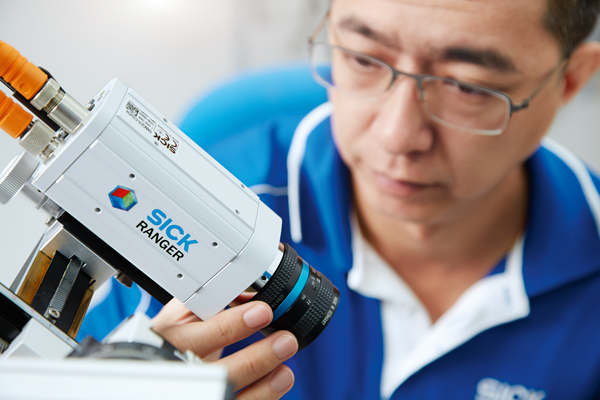The justification for a new project or the demonstration of project success often comes down to a calculation of ROI. The return on investment of a vision system comes from a variety of areas, some of which will be obvious, while others are less clear upon first look. Here are some common ways that companies can see a quick ROI.
Reduce Costs
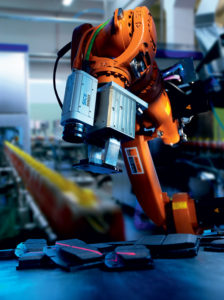
Savings in labor costs are the most common input for ROI calculations. Many facilities rely on manual inspection or sorting of their products, often requiring a large workforce on the line to check the items. Vision systems, when integrated properly, perform these tasks at very high speeds while still maintaining high quality, thus allowing for this task to become fully automated. The advantages go past purely the savings of salary and benefits. It allows for the relocation of these workers to new places in the plant that might need more attention.
Operating Benefits
Operating benefits from integrating machine vision solutions enter into ROI calculations in a number of ways.
Removing bottlenecks due to manual inspection or sorting allows for greater production rates. Non-conforming product can cause equipment jams leading to costly maintenance expenses and production downtime. Improperly located product also leads to slowed production, or for worse – equipment damage. This results in extended downtime, high maintenance costs, and equipment replacement.
To find ROI contributions from improved operations, consider all line downtime, bottlenecks, and maintenance costs which the machine vision solution eliminates.
Flexibility
If a variety of products need to be sorted or precisely located, a large assortment of complex and expensive fixtures will need to be designed, built, and tested. As new products are introduced, these fixtures either need to be replaced or modified. Alternatively, multiple fixtures may be swapped for differing production runs, resulting in expensive and time-consuming product change-over.
All of these costs should be factored into ROI calculation for machine vision systems which adapt to new products more easily.
Data Collection and Tracking
Collecting data from the vision system and integrating it into a software solution or a MES system gives a deep understanding of the facility. From this knowledge, further process improvements became possible. Although this is impossible to measure prior to implementation, following ROI calculations need to include these benefits when demonstrating project success. Over time, a track record of these improvements will be established and estimates for future projects can be generated.
Quality
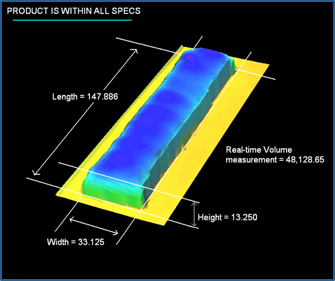
Machine vision plays a key role in ensuring that only high-quality products reach the end customer and that business can continue to thrive. Finding ROI through the improved quality that was brought about via the implementation of machine vision is easy. Often, quality improvements are the sole driver of a machine vision project. When calculating the project savings, it is important to take into account both hard and soft factors.
Hard factors affecting ROI are both internal and external. Hard internal factors are the obvious savings found by reducing scrap, rework, re-inspection, re-testing, and all the material handling overhead associated with these activities.
Hard external factors are those costs of poor quality incurred after the product has shipped. While these savings may be harder to quantify, they are nonetheless real and some attempt should be made to include them in the ROI. These costs include processing customer complaints, handling customer returns, managing warranty claims, and dealing with product recalls.
Customer satisfaction may be difficult to include in the manufacturing ROI, but it is a very real metric once the product ships.
What if you were to open a candy bar only to find that it was short on chocolate? How many more times would you roll the dice and buy another? The costs of scenarios such as these are large and avoidable with vision solutions.
Reducing Product Give-Away
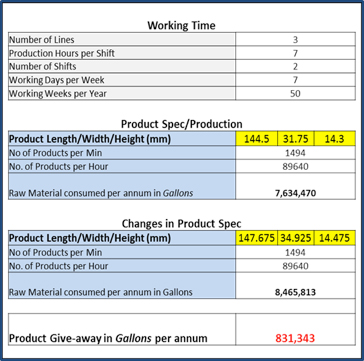 With the risk of violating industry regulations, many manufacturers will overcompensate for certain materials so that they do not ship under-weight product. Commonly called product give-away, the procedure is costly and machine vision is a great candidate to eliminate the need to perform it.
With the risk of violating industry regulations, many manufacturers will overcompensate for certain materials so that they do not ship under-weight product. Commonly called product give-away, the procedure is costly and machine vision is a great candidate to eliminate the need to perform it.
Integrating a vision system to scan product allows for real-time feedback with trending and control limits to reduce or even fully eliminate product give-away.
The effect correcting material application may be small in marginal terms, but when expanded over all products being manufactured over the course of time, the customer can see massive savings. These savings are significant and provide a fast return on investment.
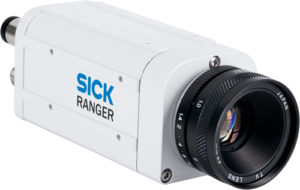 A shining example of this is included in the image and data table embedded in this article. Here IAS implemented a SICK Ranger 3D camera that was coupled with custom code to tell if each candy bar had enough chocolate. By providing data feedback, the control system was then tweaked to achieve massive savings over the course of the year.
A shining example of this is included in the image and data table embedded in this article. Here IAS implemented a SICK Ranger 3D camera that was coupled with custom code to tell if each candy bar had enough chocolate. By providing data feedback, the control system was then tweaked to achieve massive savings over the course of the year.
Improved Safety
Improved safety is generally only considered as a motivating factor when implementing safety equipment but is important not to overlook its effect on the ROI of traditional vision as well. Removing operators from hazardous environments and eliminating strenuous or repetitive tasks reduces the exposure to high health care costs and insurance claims. Just the direct cost of a single injury can at times justify a safety upgrade. This is compounded by the indirect costs that will usually sum up to be 3 to 10 times more than the direct costs.
Summary
Machine vision provides significant, long-lasting benefits to manufacturers. The business case for implementing a vision system must be recognized on a return on investment basis and not all calculations will offer the same conclusion. Only by using the right mix of reliable hardware, software, and integration services, will result in the optimal outcome.
***
 This is a guest post by IAS, a SICK authorized systems integrator covering the Midwest. IAS specializes in robotics and machine vision.
This is a guest post by IAS, a SICK authorized systems integrator covering the Midwest. IAS specializes in robotics and machine vision.


